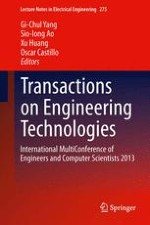2014 | OriginalPaper | Chapter
Island-Model-Based Distributed Modified Extremal Optimization for Reducing Crossovers in Reconciliation Graph
Authors : Keiichi Tamura, Hajime Kitakami, Akihiro Nakada
Published in: Transactions on Engineering Technologies
Publisher: Springer Netherlands
Activate our intelligent search to find suitable subject content or patents.
Select sections of text to find matching patents with Artificial Intelligence. powered by
Select sections of text to find additional relevant content using AI-assisted search. powered by
